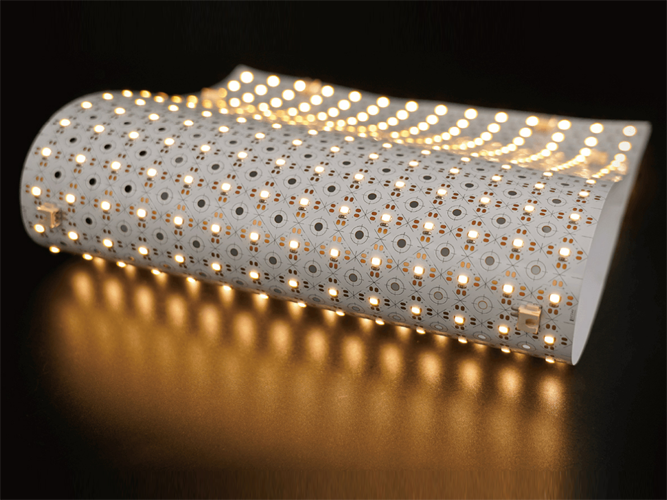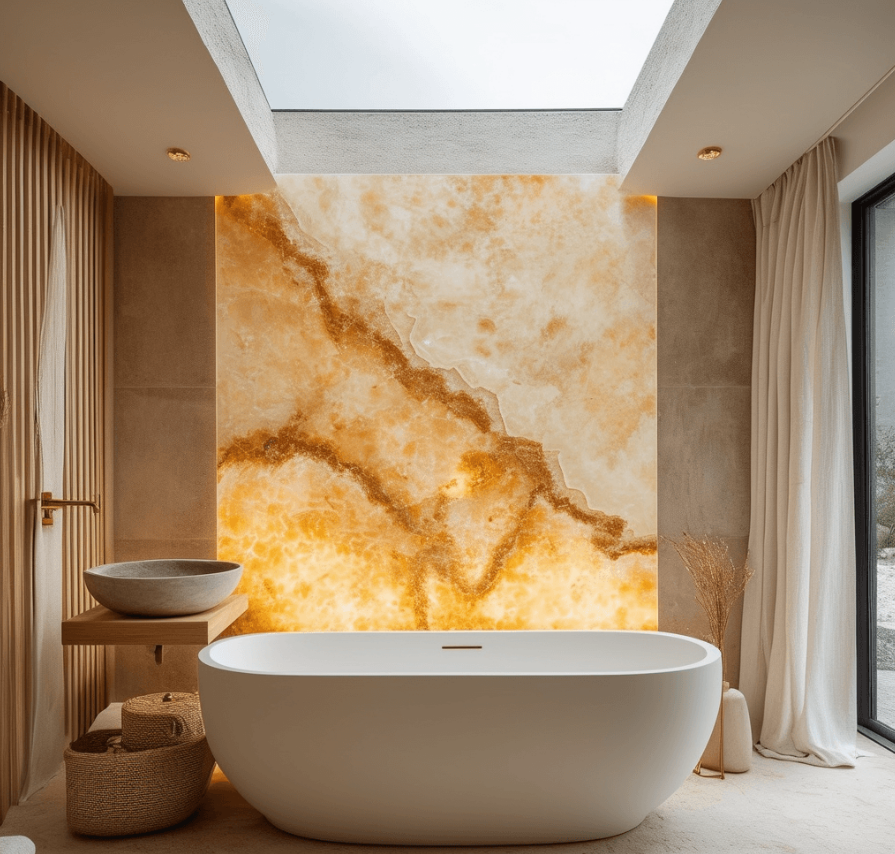When it comes to LED Neon Flex, the material used for encapsulation directly affects durability, flexibility, cost, and long-term performance. Many buyers struggle to decide between PU (Polyurethane) and Silicone. Making the wrong choice can result in yellowing, cracking, or poor waterproof performance—especially for outdoor or architectural applications. In this guide, we’ll break down the key differences between PU and Silicone LED Neon Flex and help you decide which is right for your lighting project.
What Is the Difference Between PU and Silicone in LED Neon Flex?
PU (Polyurethane) and Silicone are two common materials used to encapsulate LED Neon Flex. Here’s how they compare:
| Feature | PU (Polyurethane) | Silicone |
|---|---|---|
| Heat Resistance | Moderate (prone to yellowing over time) | Excellent (stable under high temperatures) |
| UV Stability | Lower (can degrade under sunlight) | High (excellent for outdoor use) |
| Flexibility | High (soft and bendable) | Moderate to High (depends on formulation) |
| Waterproofing | Good (IP65–IP67 achievable) | Excellent (IP68 possible) |
| Cost | Lower | Higher |
| Durability | Medium-term use (2–3 years outdoor) | Long-term use (5+ years outdoor) |
| Appearance | May yellow over time | Retains clarity and shape |
Why Do Some Suppliers Still Use PU for LED Neon Flex?
PU material is still widely used in budget LED neon flex products because of its lower raw material cost and easy processability. It is soft and flexible, making it suitable for decorative indoor use or price-sensitive applications. However, its disadvantages—especially UV yellowing and limited heat resistance—make it less suitable for professional, architectural, or long-term outdoor projects.
Is Silicone Always Better Than PU?
Not necessarily. If you’re lighting up a temporary exhibition booth, holiday décor, or indoor furniture, PU may be a cost-effective choice. However, for architectural façades, hotel exteriors, or permanent installations, silicone LED neon flex is the superior option due to:
Better performance under direct sunlight.
Long-lasting clarity and shape.
Resistance to salt corrosion in coastal areas.
How to Identify PU vs Silicone LED Neon Flex?
If you’re holding the product in your hands or communicating with a supplier, here are some ways to tell the difference:
| Test Method | PU LED Neon Flex | Silicone LED Neon Flex |
|---|---|---|
| Smell | Chemical, strong odor | Nearly odorless |
| Burn Test (by experts) | Black smoke, sticky residue | White ash, clean burn |
| Bending feel | Softer, sticky when aged | Smooth, returns to shape |
| Outdoor aging test | Yellow tint over time | No yellowing |
Note: Always ask the supplier to declare the material clearly in specifications.
What Kind of Projects Require Silicone LED Neon Flex?
Silicone is the better choice when:
You need IP68 waterproof performance (e.g. poolside, marine, fountains).
The installation is permanent and outdoors.
You expect extreme temperature fluctuations.
The lighting is for high-end commercial or architectural projects.
You want low maintenance and long lifespan (5+ years).
What Type of Silicone Is Best?
Not all silicone materials are created equal. Look for:
Platinum-cured silicone: Safe, clean, and more durable.
Anti-UV additive infused: Extends outdoor durability.
Flexible extrusion technology: Allows tight bending radius.
At AiDiWatt, we use high-purity, anti-UV platinum silicone for all our professional-grade LED Neon Flex series. This ensures long lifespan, better brightness retention, and minimal maintenance cost.
Final Thoughts: Which One Should You Choose?
Choose PU LED Neon Flex if:
Your project is short-term, indoor, or highly cost-sensitive.
Choose Silicone LED Neon Flex if:
You need outdoor durability, architectural-grade performance, or UV/weather resistance.
Want to compare samples side-by-side? Contact us now to request a PU vs Silicone LED Neon Flex sample kit.







